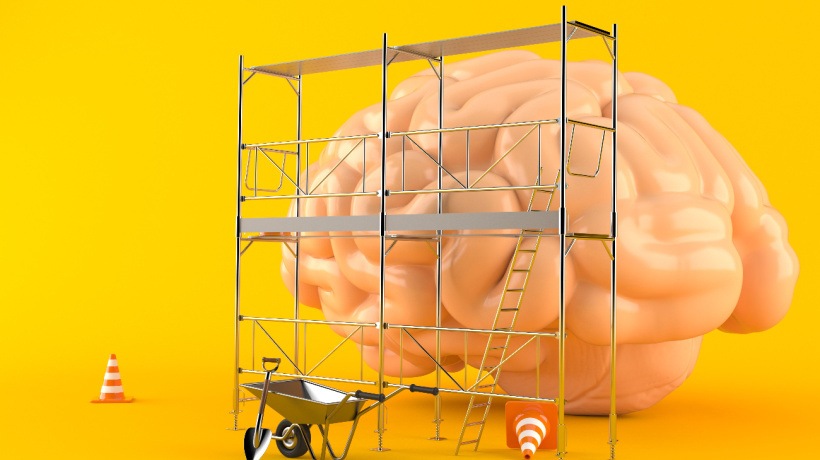How To Make Your Learners Think To Facilitate And Support Learning Effectively
Learning is a change in behavior that occurs as a consequence of thinking. We can say we have learned something when we can recall information from our long term memory and respond to new situations differently and hopefully perform more effectively.
So what can we do as learning designers to encourage thinking and change behavior effectively? In this short article I will discuss some important implications of cognitive science for Instructional Design.
1. Tap Into Background Knowledge
The more we know, the better we learn as we start from the known and proceed further to discover and unlock the unknown. In another word, our brain processes new information better when we link it to something we already know. Learning occurs when the existing information interacts with the new information. Background or prior knowledge speeds up the rate at which we acquire new information and helps retain it successfully in the long term memory.
Question to ask yourself when designing learning:
- Are you aware of what your learners already know that can help taking in the new information?
- Are you aware of some misconceptions your learners may possess that may hinder accepting/ learning the new information?
2. Provide Practice Opportunities
Performing the target behavior or applying the target knowledge in different situations repeatedly helps retain the behavior or knowledge in long term memory. If the information is already linked to background knowledge and is carefully rehearsed, it will be successfully coded to be stored in long term memory. Although repetition improves memory, it can be extremely boring and we may soon find ourselves in a meaningless cycle if the act of repeating becomes mechanical. To make the transfer of knowledge to new problems and situations effective, the practice opportunities need to be diverse, challenging, and authentic.
Questions to ask yourself when designing learning:
- Does your learning course encourage your learners to solve challenging problems based on what they have been tuaght?
- Does your learning course provide enough practice opportunities?
3. Encourage Deep Thinking
We remember what we deeply think about. Pure knowledge or experience is not enough for learning, however thinking about or reflecting on that knowledge or experience makes it memorable and worthy. Knowing the facts without understanding how they relate to solving real problems or what implications they have does not serve any value whatsoever. Deep processing leads to higher level of retention of information. As an example, you and your friend may have taken the same journey on your last holiday but only the one of you who has taken their time to reflect on the routes, places or parts of the journey and what they liked or disliked will remember the details and can make practical travel recommendations to other friends.
Question to ask yourself when designing learning:
- Have you provided opportunities for the learners to think about what they have been taught?
4. Provide Scaffolding
Learning is social. As Vygotsky (1978) proposed in his theory of cognitive development, we perform better and more effectively when we interact with others and receive guidance and support from the more experienced performers. Therefore, we learn more effectively when there is a scaffolding system in place. Vygotsky introduced the notion of Zone of Proximal Development (ZPD) as a large area of potential development that is created when learners are supported by others. For the scaffolding process to be successful, it is important to receive the guidance in our Zone of Proximal Development only when we need it. Independence kicks in and learning takes place as the guidance and support fade away as they become unnecessary. The type of scaffold to be used in a learning course depend on the level of knowledge the learners possess. More novice learners require more support and probably more than one scaffolding type to master the new content. Scaffolding may include the provision of advanced organizers such as outlines and rubrics, resources, templates, models and worked examples, concept maps, prompts to recall prior knowledge, etc.
Question to ask yourself when designing learning:
- What kind of scaffolding are you providing in your learning course?
In conclusion, to facilitate and support learning effectively and bring about a change in the learners’ behavior, we need to encourage them to think. Can you think of some other ways to foster deep thinking? What are some implications of cognitive science for Instructional Design that you can think of?








